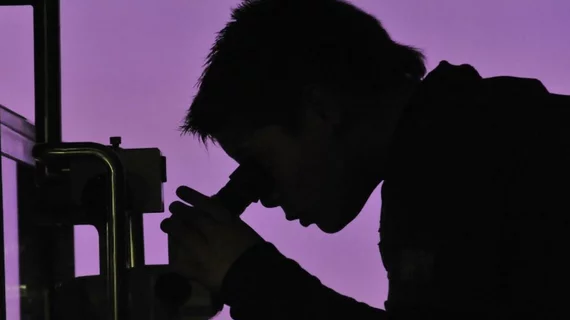Experts blame 'perverse incentives' for scientific fraud in radiology research
Scientific fraud in radiology publications has some in the field calling for cultural and policy reforms in order to eliminate “perverse research incentives."
According to more than 200 respondents who had served as corresponding authors of articles published in 12 general radiology journals, 27.4% shared that they had witnessed scientific fraud within their department within the last five years [1]. And some of the authors—5.9% —admitted to having committed fraud themselves.
Explaining the impact that scientific fraud can have on the field of radiology, corresponding author of the new paper, published in the European Journal of Radiology, Thomas C. Kwee, of the Department of Radiology at University Medical Center Groningen in the Netherlands, and colleagues had this to say:
“Radiologists rely on research performed in their field for clinical decision making and to invest in further studies. Therefore, it is of vital importance that this research is trustworthy.”
The authors defined fraud as “fabrication, falsification, or plagiarism in proposing, performing, or reviewing research, or in reporting research results.” The responses to their survey indicated that most frequently fraud emerged in the form of misleading reporting (32.2%), duplicate/redundant publication (26.3%), plagiarism (15.3%) and data manipulation/falsification (13.6%).
Publication bias and honorary authorship are also issues in research, according to 84.5% and 40.6% of respondents. Common concerns among the survey participants were authorship criteria and assignments and incentives (money, funding and academic promotions)—each of these things could tempt researchers to commit fraud, authors of the paper suggested.
“Overall, the current system creates perverse incentives that may seduce researchers into scientific fraud, which was also commonly indicated by the respondents in the narrative comments.”
Despite this, most respondents reported high confidence in the scientific integrity of research publications, though the authors did indicate a desire for their findings to encourage stakeholders to place said integrity at a higher priority.
For more information, click here.

